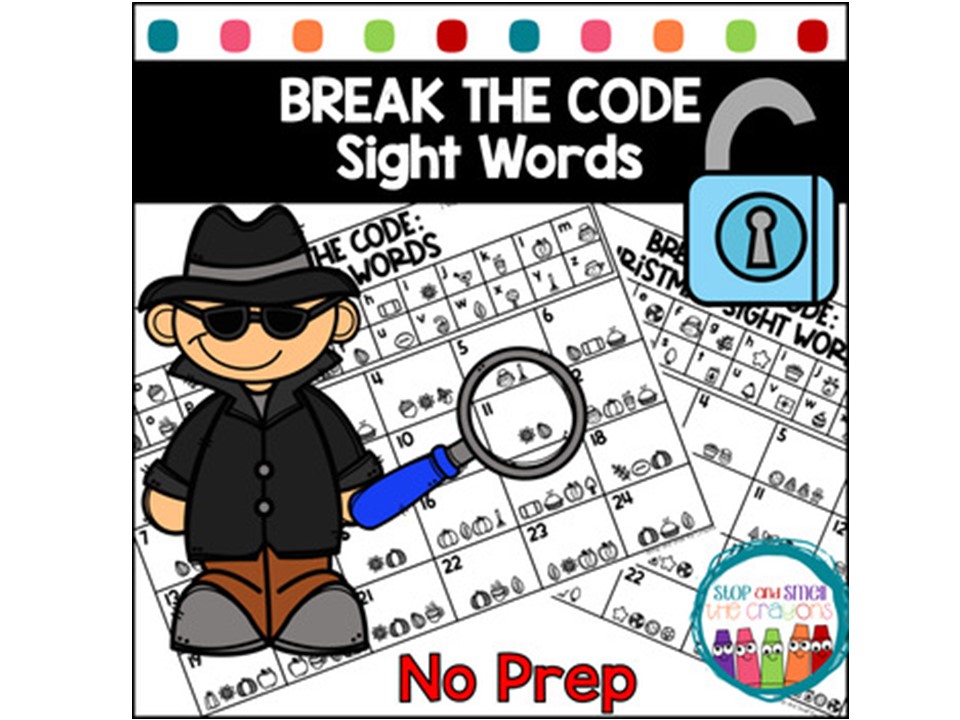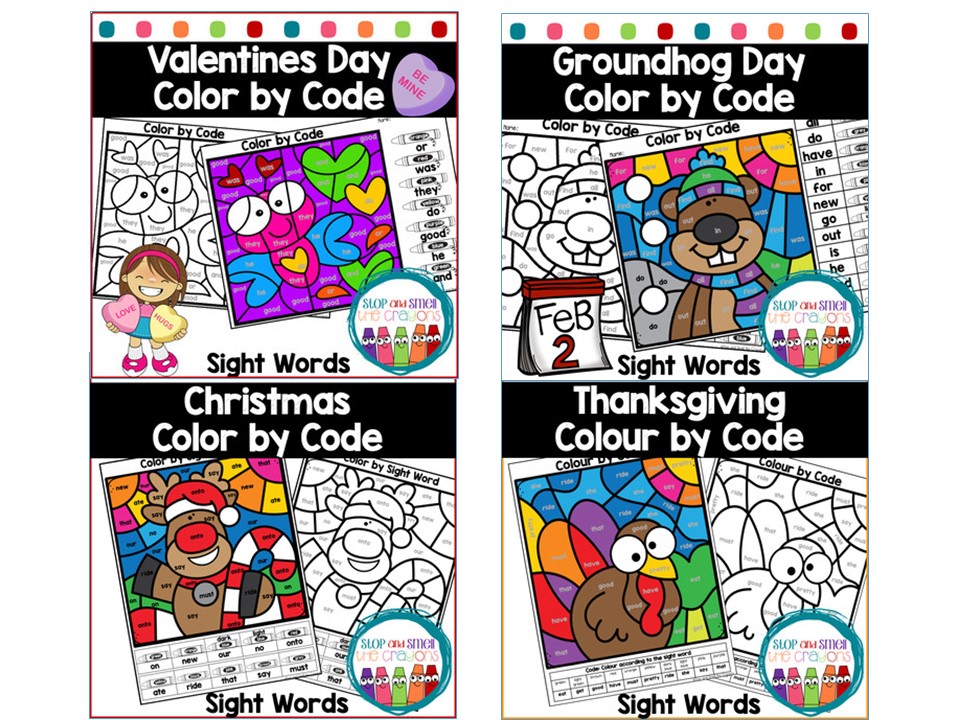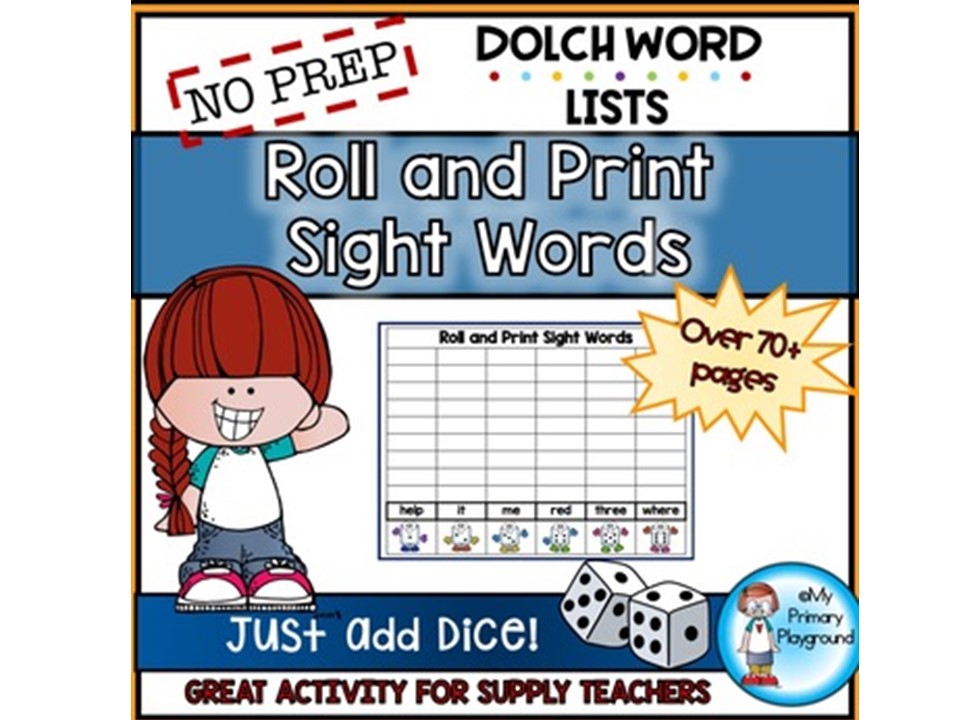When you’re reading through a text, there are some words you just know and you don’t have to think about them. Why is that? Because throughout your life, you have been introduced to words that you should just know. We should do this with our students as well by teaching them sight words.
What Are Sight Words
Put simply, they are words you expect students to know just by looking at them in the text. Not only should they know how to pronounce them, but they should also know what they mean. There are several reasons why these are vital to your students’ success.
Reason 1: Create Fluency
Sight words, in general, make students more fluent readers which can turn into comprehension rates rising. When students know how to pronounce something, they can focus more on the meaning and less on deciphering words they should just know from the get-go.
Reason 2: Assist with Decoding
Ok, so yes, I already talked about this, but sight words create fluency beyond just the words they are working on at that time. If a student knows various sight words, it becomes easier for them to decode longer words that include the shorter word. For example, if “cat” is one of your words, they might be able to decode a harder word like “catfish” or “catatonic.” While they might not know the meaning of the word “catatonic,” knowing how to say it is the first step to a broader vocabulary.
Reason 3: Create Confidence
One of the hardest parts about being a struggling reader is getting asked to read something out loud. When students struggle with basic words, it can be crushing to have to stumble through a reading passage. However, if students know their words and the text is grade-appropriate, they should be able to read it with more fluency. When students are reading a passage with fluency, they feel more confident about themselves as a reader. Working with sight words can help create that fluency and the confidence that accompanies it.
Reason 4: Break the Rules
As teachers, we spend a good deal of time explaining the phonics of words. Sometimes there are words that just don’t follow the rules! When this happens, it’s great to have it as a sight word. These sight words should be memorized so they don’t have to use their decoding skills. By having words that don’t follow typical phonics rules such as “are,” you can help avoid potential blunders.
Reason 5: Help Find Meaning
If you are reading a text in class that is more difficult, sight words can come to your rescue. When students know a sight word, they also know what it means. Because they know what it means, they can transfer that knowledge to the sentence and help determine the meaning of the sentence.
Reason 6: Easily Integrated
Another great thing about sight words is they can be easily integrated into your classroom in fun ways. When you have some time to kill, you can use sight word games to help your students learn their words while having a great time. This can be done independently, in literacy centers, or as a morning motivator.
Why Sight Words Rock!
Sight words are a big part of our education world. They can help with reading fluency and comprehension. In addition, they can help your students read with more confidence! Check out some great sight word, prep free resources on TpT if you don’t have some of your own!


